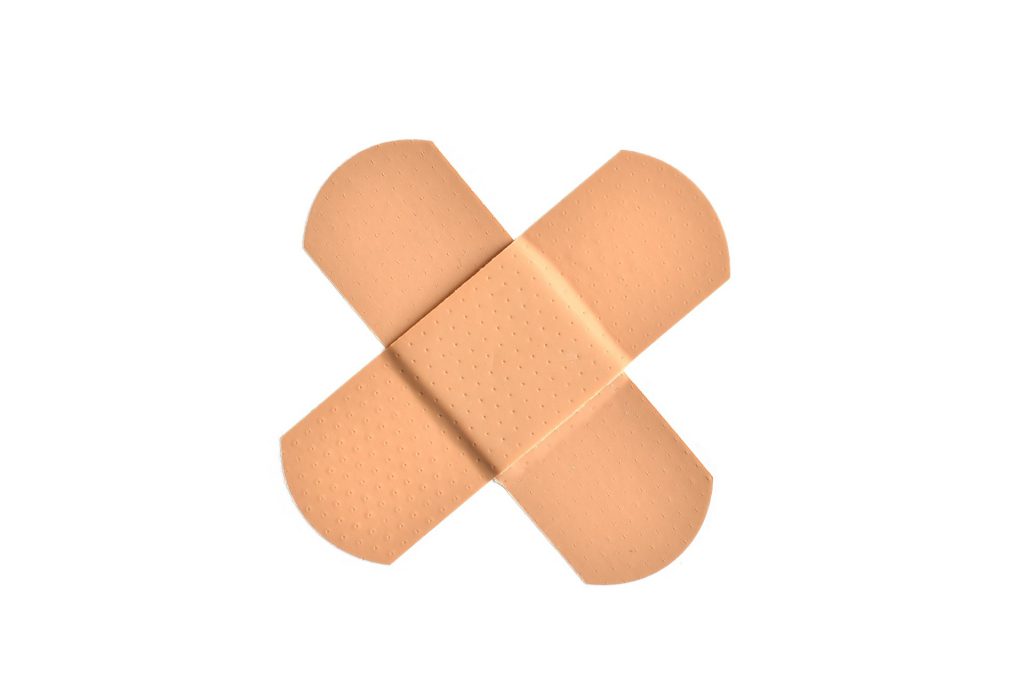
September 1 through September 7 is National Childhood Injury Prevention Week. The purpose of this week is to raise awareness of preventable injuries, such as bike accidents and falls, that harm children. All physical activities have the risk for injury, so it’s important to exercise with proper technique, preparation, and equipment. Part of being a kid involves falling and accidental injuries which are usually minor, but there are steps you can take to prevent them and avoid a worse injury.
Many injuries can be prevented by proper adult supervision. Also, make sure children stretch before and after play, especially for activities such as sports and strength training. Here are some other tips to prevent your child from getting injured while they play!
- Avoid playing games inside that require a lot of space. Have children do activities like kicking a ball and jump rope outside to avoid hitting someone else. Also, teach children that pushing, shoving, and “roughhousing” while they play can be dangerous.
- Make sure children use equipment properly. Teach them how to use playground equipment, sports equipment, and other materials safely before they begin. If older children and teens choose to strength train with weights, make sure they know how to determine the proper weight to train with.
- Teach children proper technique for the sport or activity they’re playing. For example, knowing the right way to throw and catch a baseball or perform a bodyweight exercise can help prevent injuries.
- Have children wear a helmet and pads as appropriate for their activity. For example, children (and adults!) should always wear a properly-fitting bike helmet when they ride a bike. Also, many sports require use of certain protective pads, mouthpieces, and eyewear.
- Older children and adolescents involved in sports should take at least 1 day off weekly and one month off annually from a particular sport.
- Have children take breaks while exercising and tell them to stop if they get tired. If they hurt, make sure they know to stop and not just play through the pain. Also, have them drink plenty of water before, during, and after play (especially when it’s very hot and/or humid outside).
It’s also helpful to know how to help your child in the case of injury. To be prepared for these situations, you may like to take a basic CPR/first aid class. You can find classes near you by visiting the American Red Cross website.
To learn more about child safety, check out the following links:
- https://www.healthychildren.org/english/safety-prevention/at-play/Pages/default.aspx
- https://www.cdc.gov/safechild/
- https://www.safekids.org
Think about your child’s favorite activities and how you can help them play those activities safely!